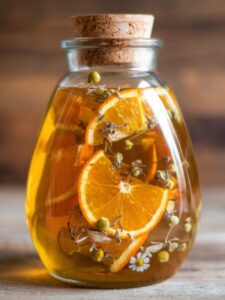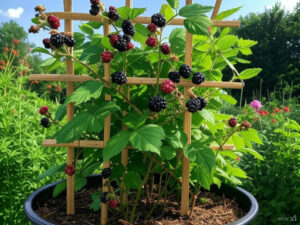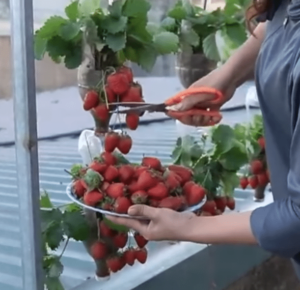What’s Inside a Rattlesnake Rattle? The Science Behind Its Sound
Have you ever wondered what’s inside a rattlesnake’s rattle and how it produces sound? Many people assume it functions like a maraca, with small objects inside creating noise when shaken. However, that’s not the case. Let’s take a closer look at the fascinating mechanics of a rattlesnake’s rattle.
A Hollow Mystery: What’s Inside the Rattle?
One common misconception is that a rattlesnake’s rattle contains small beads or other loose materials, similar to a maraca. But if you open up a rattlesnake rattle, you’ll find it’s completely hollow. So how does it create that signature rattling sound?
How the Rattle Forms and Grows
The structure of a rattlesnake’s rattle is made up of multiple interlocking segments. Every time a rattlesnake sheds its skin, a small section of keratin (the same material found in human nails) remains at the tip of its tail. Over time, these shed remnants accumulate, forming the rattle. In one specimen, for example, we observed 16 separate segments making up the rattle.
How the Rattle Produces Sound
If you examine an individual segment of the rattle, you’ll notice that each section loosely fits into the next. Unlike a snug, rigid connection, this loose arrangement allows the segments to move freely. When the snake rapidly vibrates its tail, these segments knock against each other repeatedly, producing the characteristic rattling sound.
Interestingly, while many people associate the rattle with a slow, shaking noise, rattlesnakes can move their rattles at an incredibly fast rate—far faster than a human can replicate. This rapid movement creates a buzzing sound rather than a simple rattle.
The Purpose of the Rattle
Rattlesnakes use their rattles primarily as a warning signal to deter predators or threats. The buzzing sound serves as an auditory cue, signaling the snake’s presence and encouraging potential threats to back away.
Final Thoughts
A rattlesnake’s rattle is an incredible evolutionary adaptation that helps it survive in the wild. Unlike a maraca, the rattle is completely hollow, and its sound is generated by the movement of interlocking segments. The next time you hear that unmistakable buzzing sound, you’ll know exactly how it’s made!
Share this content:











